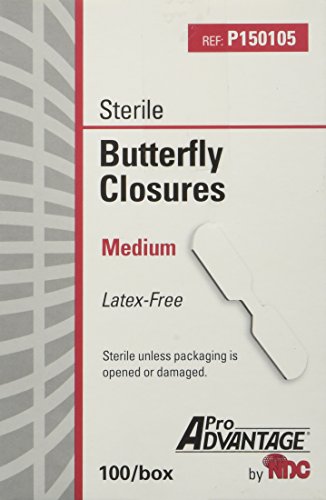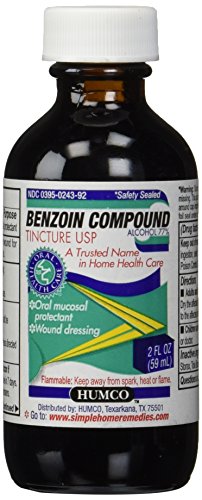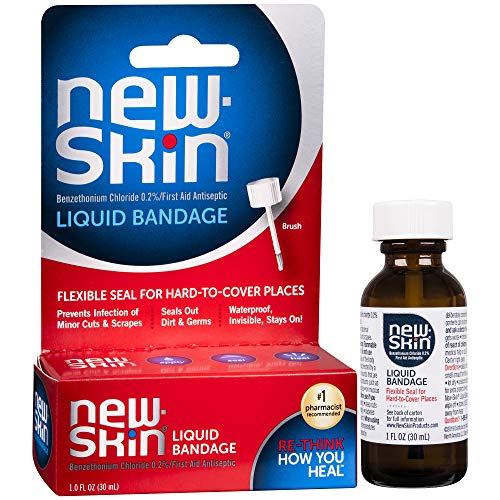When a laceration occurs, our body’s natural armor is breached and bacteria, even species that are normal inhabitants of our skin, get a free ticket into the rest of our body. Microbes that are harmless outside the body could be life-threatening inside the body.
It only makes common sense that we want to close a cut (also known as a “laceration”) to speed healing and lock out infection. There is controversy, however, as to whether or not a wound should be closed. When and why would you choose to close a wound, and what method should you use?
A laceration may be closed either by sutures, tapes, staples or medical “superglues” such as Derma-Bond or even industrial “Super-Glue”. After rendering first aid, which includes controlling the bleeding, removing any debris, irrigation the wound, and applying antiseptic, you will have to make a decision.
What are you trying to accomplish by closing a wound? Your goals are simple. You close wounds to repair the defect in your body’s armor, to eliminate “dead space”, and to promote healing. A well-approximated wound also has less scarring.
It sounds as if all wounds should be closed. Unfortunately, closing a wound that should be left open can do a lot more harm than good, and could possibly put your patient’s life at risk. Take the case of a young woman injured some years ago in a “zip line” accident: She was taken to the local emergency room, where 22 staples were needed to close a large laceration. Unfortunately, the wound had dangerous bacteria in it, causing a serious infection which spread throughout her body. She eventually required multiple amputations.
Physical Gold & Silver in your IRA. Get the Facts.
We learn from this an important lesson: Namely, that the decision to close a wound is not automatic but involves several considerations. The most important consideration is whether you are dealing with a clean or a dirty wound.
Most wounds you will encounter in an off-grid setting will be dirty. If you try to close a dirty wound, such as a gunshot, you have sequestered bacteria, bits of clothing, and dirt into your body. Within a short period of time, the wound will become infected. An infected wound
 Quikclot Sport Brand A...
Buy New $18.95
(as of 10:40 UTC - Details)
appears red, swollen, and hot. In extreme cases, an abscess may form, and pus will accumulate inside. The infection may spread to the bloodstream, a condition known as “septicemia”, and become life-threatening.
Quikclot Sport Brand A...
Buy New $18.95
(as of 10:40 UTC - Details)
appears red, swollen, and hot. In extreme cases, an abscess may form, and pus will accumulate inside. The infection may spread to the bloodstream, a condition known as “septicemia”, and become life-threatening.
It may be difficult to fight the urge to close a wound. Leaving the wound open, however, will allow you to clean the inside frequently and directly observe the healing process. It also allows inflammatory fluid to drain out of the body. The scar isn’t as pretty, but it’s the safest option in most cases. In addition, if you’re truly in a long-term survival scenario, the suture material or staples you have aren’t going to be replaced. It’s important to know when closure is absolutely necessary and when it’s not.
Other considerations when deciding whether or not to close a wound are whether it is a simple laceration (straight thin cut on the skin) or whether it is an avulsion (areas of skin torn out or hanging flaps). If the edges of the skin are so far apart that they cannot be stitched together without undue pressure, the wound should be left open.
Another reason the wound should be left open if it has been open for more than 8 hours. Why? Even the air has bacteria, and there’s a good chance that they have already colonized the injury by that time.
 ProAdvantage Sterile B...
Buy New $4.75 ($0.05 / Count)
(as of 11:50 UTC - Details)
ProAdvantage Sterile B...
Buy New $4.75 ($0.05 / Count)
(as of 11:50 UTC - Details)
Let’s say that you’re certain the wound is clean. It’s less than 8 hours old. Here are some other factors that would suggest that closure is appropriate:
• The laceration is long or deep. The exception would be a puncture wound from an animal bite. These bites are loaded with bacteria and should be kept open in austere settings.
• The wound is located over a joint. A moving part, such as the knee, will constantly stress a wound and prevent it from closing in by itself.
• The wound gapes open loosely, suggesting that it can be closed without undue pressure on the skin.
t’s important to realize that you will only have a limited supply of staples and sutures. Feel free to mix different closure methods like alternating sutures and steri-strips, or even adding duct tape when you’ve run out of medical supplies. You’d be surprised what qualifies as medical supplies when the chips are down.
 BENZOIN COMPOUND TINCT...
Buy New $13.12 ($6.56 / Fl Oz)
(as of 11:10 UTC - Details)
BENZOIN COMPOUND TINCT...
Buy New $13.12 ($6.56 / Fl Oz)
(as of 11:10 UTC - Details)
 New-Skin Liquid Bandag...
Buy New $6.99
(as of 10:40 UTC - Details)
New-Skin Liquid Bandag...
Buy New $6.99
(as of 10:40 UTC - Details)
 Super Glue 15187 , Cl...
Best Price: $5.80
Buy New $5.87
(as of 01:00 UTC - Details)
Super Glue 15187 , Cl...
Best Price: $5.80
Buy New $5.87
(as of 01:00 UTC - Details)
 CELOX First Aid Tempor...
Buy New $29.62 ($2.96 / ct)
(as of 11:55 UTC - Details)
CELOX First Aid Tempor...
Buy New $29.62 ($2.96 / ct)
(as of 11:55 UTC - Details)




